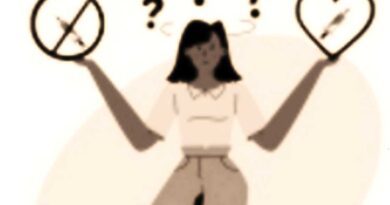HEALTH – July 2014
What is Vitamin D?
Vitamin D is a hormone that helps to maintain calcium and phosphorus levels in the body. There are two important sources of vitamin D- D2 (ergocalciferol) and D3 (cholecalciferol). D2 is made by plants and D3 is made when the skin is exposed to sunlight. Both vitamin D2 and D3 are processed by the kidney to produce calcitriol, the active form of vitamin D.
The body requires vitamin D retain calcium, which is an important mineral for bone growth. Low levels of vitamin D can cause bone diseases called osteoporosis in adults or rickets in children. This happens because the bones are weak. Research suggests that vitamin D plays a role in helping the body fight infections, and possible defense against cancer.
Vitamin D is available from different dietary sources, including fortified cereal and milk, egg yolks, salmon, tuna, and sardines. Sunlight is important to help our bodies make vitamin D, which is why vitamin D if often called “the sunshine vitamin”. Some people may not make enough vitamin D from the sun’s ultraviolet rays, including people who have dark-colored skin, who are older, and who are overweight. An important note: sunshine is good for vitamin D production but be sure to wear sunscreen if outside for more than a few minutes to protect against skin cancer. Supplements are available in the form of D2 (ergocalciferol) and D3 (cholecalciferol). Talk with your doctor to see how much you should take everyday. Your doctor can also check your vitamin D level to see if you need extra vitamin D.
Dr. Natalie Mora, MD, MPH is from San Antonio, Texas, and is a graduate of SUNY Upstate Medical University.
Her focus is on internal medicine and preventative medicine. She is a member of the SUNY Upstate’s chapter of the Latino Medical Student Association, a national organization whose mission is to educate and advocate for the health needs of the Latino community. LMSA members, including herself, contribute to CNY Latino and raising awareness regarding the many health issues affecting the Latinos of Central NY and beyond.
